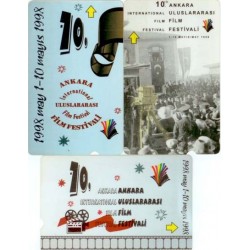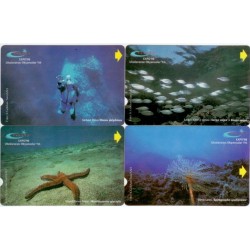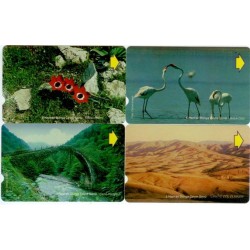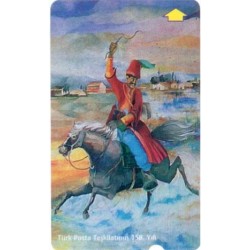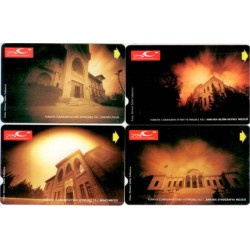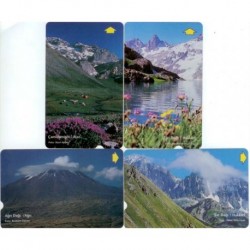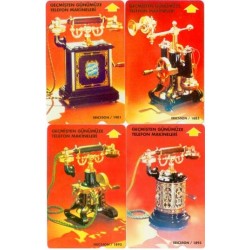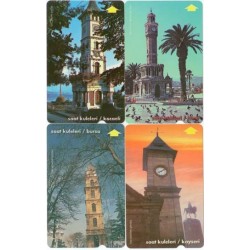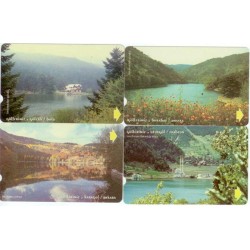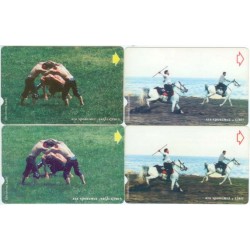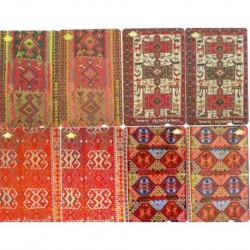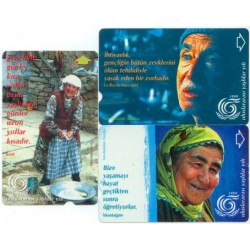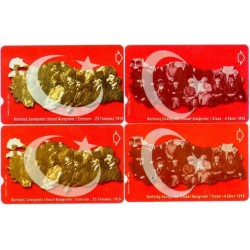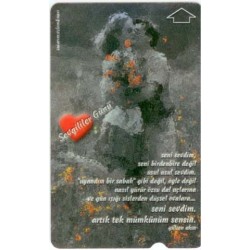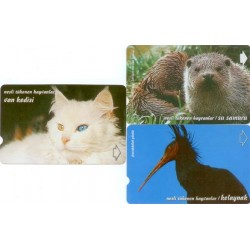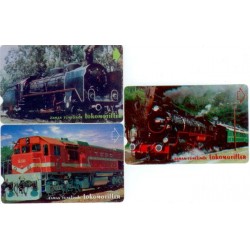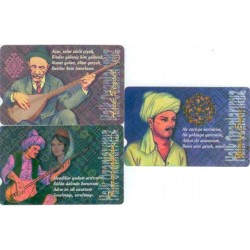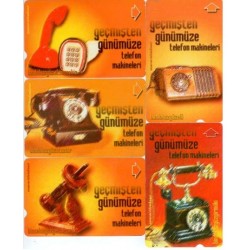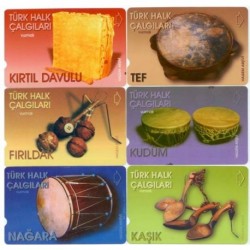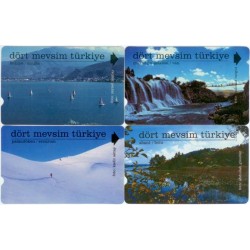No products
More info
YEAR=FEBRUARY 2002, QUANTITY: 500.000<?xml:namespace prefix = o ns = "urn:schemas-microsoft-com:office:office" />
VALUES=30&60 UNITS,
PRINTING=ABACIKART, PLASTEKNİK AND TRANSVARO.
EMPTY AND CLEAN PHONECARDS.
From Central Asia, the Turks possessed a traditional style and a respectable achievement in the art of metalwork. Archaeological findings uncovered in the oldest areas of Turkish settlement in Central Asia and written sources supported this idea. The Turks, after mastering the use of iron, bronze and gold, kept up their metalwork tradition in succeeding centuries. In Anatolia and the other lands to which they spread, two major factors had a profound influence on Turkish achievements in this field of art: first, the traditions of the Islamic religion which the Turks were gradually beginning to adopt, and second, the local arts of the areas to which they migrated. A successful synthesis of these two factors with the Turks' own traditions to produce a high level of metalwork is observable in the Seljuk period.
Ceremonial gold water bottle
Second half of the 16th century; decorated with emeralds, jade and rubies on gold. (Topkapı Palace Museum)
Imperial aigrette
18th century; decorated with emeralds, rubies, diamonds and pearls on gold. (Topkapı Palace Museum)
Incense-burner
19th century; height: 20 cm. (Topkapı Palace Museum)
Scimitars
Ottoman; 18-19th centuries; length: 94 and 97 cm. (Topkapı Palace Museum)
Quiver
Ottoman; 18th century; dimensions: 40x20 cm. (Topkapı Palace Museum)
Flask
16-17th century; height: 32.2 cm. (Topkapı Palace Museum)
Helmet
Late 16th century; gold engraving on iron; embellished with precious gems. (Topkapı Palace Museum)




